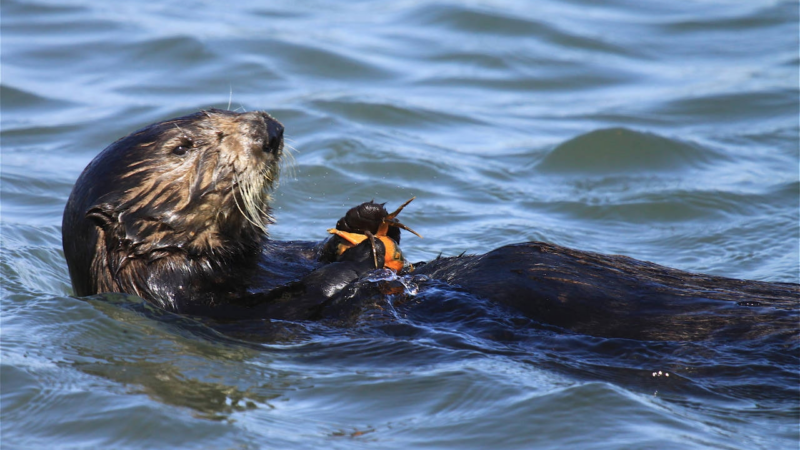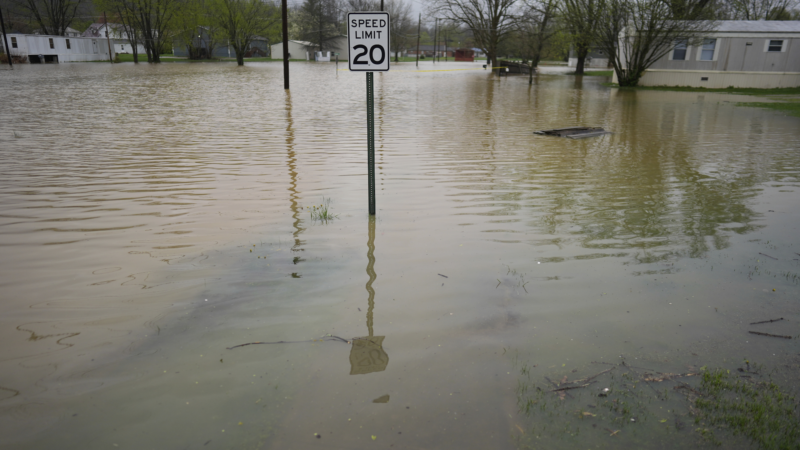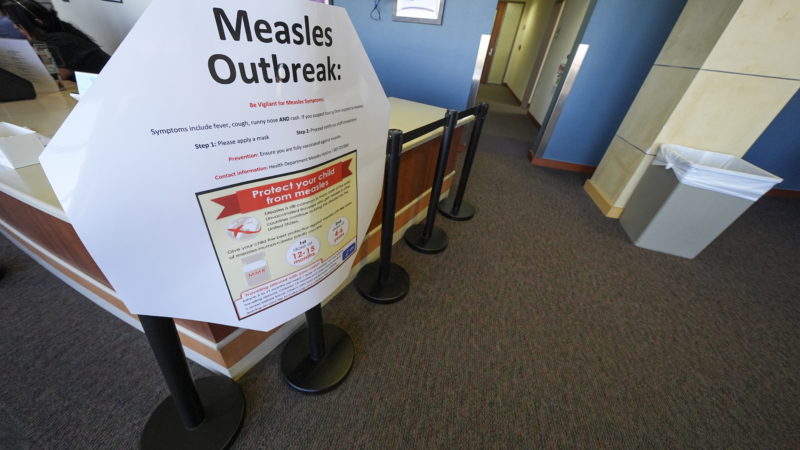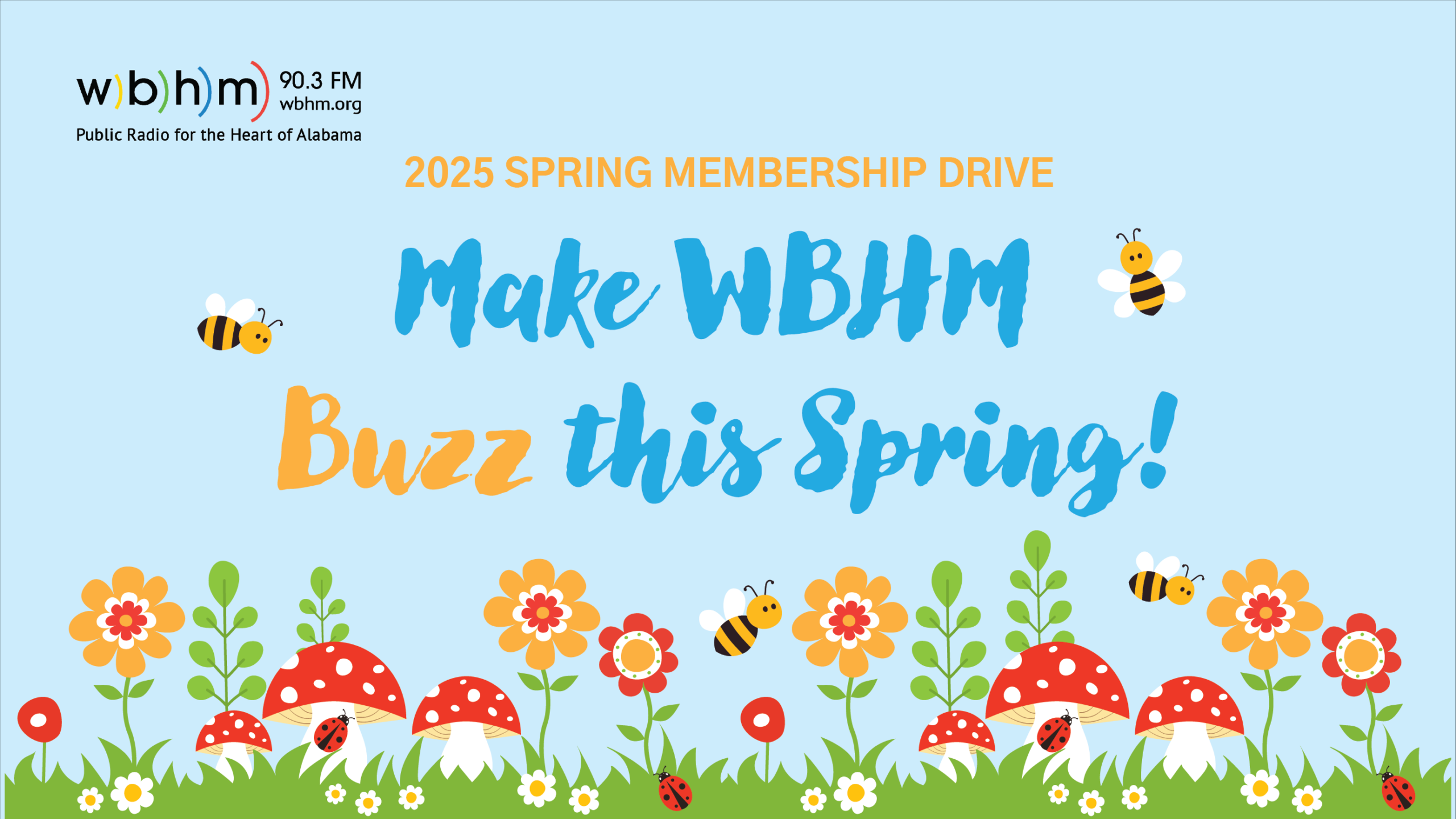Invasive green crabs threaten West Coast ecosystems. One solution? Otters
As invasive green crabs wreak havoc on California’s estuaries, a new study has found that a restored sea otter population might be the solution.
3 things to know
- Green crabs, native to coastal Europe and North Africa, can be extremely destructive as an invasive species. They can damage oyster and seagrass beds and also consume small mudflat invertebrates that provide food for shorebirds.
- As it turns out, sea otters — which are listed as threatened under the Endangered Species Act — love to eat these crabs. One estimate by researchers in California found that a single otter can consume somewhere between 50,000-120,000 crabs a year.
- A new study, published in the Biological Invasions journal, found that there was a direct relationship between the two species: if an area had a healthy population of sea otters, it would also have a low green crab population.
Listen to NPR’s Short Wave podcast for more discoveries, everyday mysteries and the science behind the headlines.
Can things really be this good?
Yes, says ecologist Rikke Jeppesen, whose team at Elkhorn Slough Reserve on the California coast published the recent study.
“It’s really a win-win scenario if we can support a native threatened species, the sea otter, which in turn then helps control an invasive invertebrate,” Jeppesen told All Things Considered. “So in other words, you can say that sea otters are our assistant managers of the estuary for invasive species control.”
What’s more, they’re biologically predisposed to eating a lot of crabs, she said.
“Sea otters rely on fur for insulation as opposed to seals, which rely on blubber. Blubber insulates much better, so sea otters have to eat a lot to keep warm,” she said. “It’s basically a weasel in the water. And weasels are super active. They have a high metabolism. So to sustain sea otter health and keep warm, they just need to eat a lot.”
Dive deeper with NPR on all things science
- From A to Zika, get the latest global health and development news, sent weekly to your inbox, with the Goats and Soda newsletter.
- Listen to this radio story about how researchers in Hawaii are using mosquitoes as a last-ditch effort to save native birds from extinction.
Asian markets plunge with Japan’s Nikkei diving nearly 8% after big Wall St. meltdown
Asian shares nosedived on Monday after the meltdown Friday on Wall Street over U.S. President Donald Trump's tariff hikes and the backlash from Beijing.
UConn takes 12th NCAA women’s basketball title with dominant win over South Carolina
UConn is back on top of women's basketball, winning its 12th NCAA national championship by routing defending champion South Carolina 82-59 on Sunday.
Alex Ovechkin scores goal #895 to break Wayne Gretzky’s all-time NHL scoring record
The Washington Capitals star made history with a power play goal from the left faceoff circle — as Gretzky, who last set the record more than 25 years ago, looked on.
Severe storms and floods batter South and Midwest, as death toll rises to at least 18
Severe storms continued to pound parts of the South and Midwest, as a punishing and slow-moving storm system unleashed life-threatening flash floods and powerful tornadoes from Mississippi to Kentucky.
Israeli strikes on Gaza kill at least 32, mostly women and children
Israeli strikes on Gaza killed at least 32 people, including over a dozen women and children, local health officials said Sunday, as Israeli Prime Minister Netanyahu headed to meet President Trump.
Second child dies from measles-related causes in West Texas, where cases near 500
A second school-aged child in West Texas has died from a measles-related illness, a hospital spokesman confirmed Sunday, as the outbreak continues to swell.








